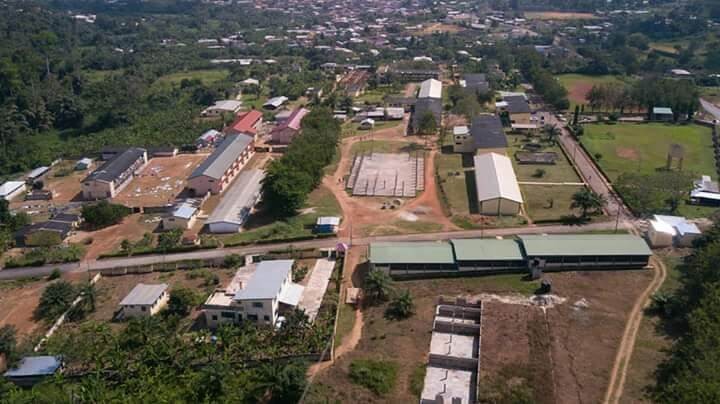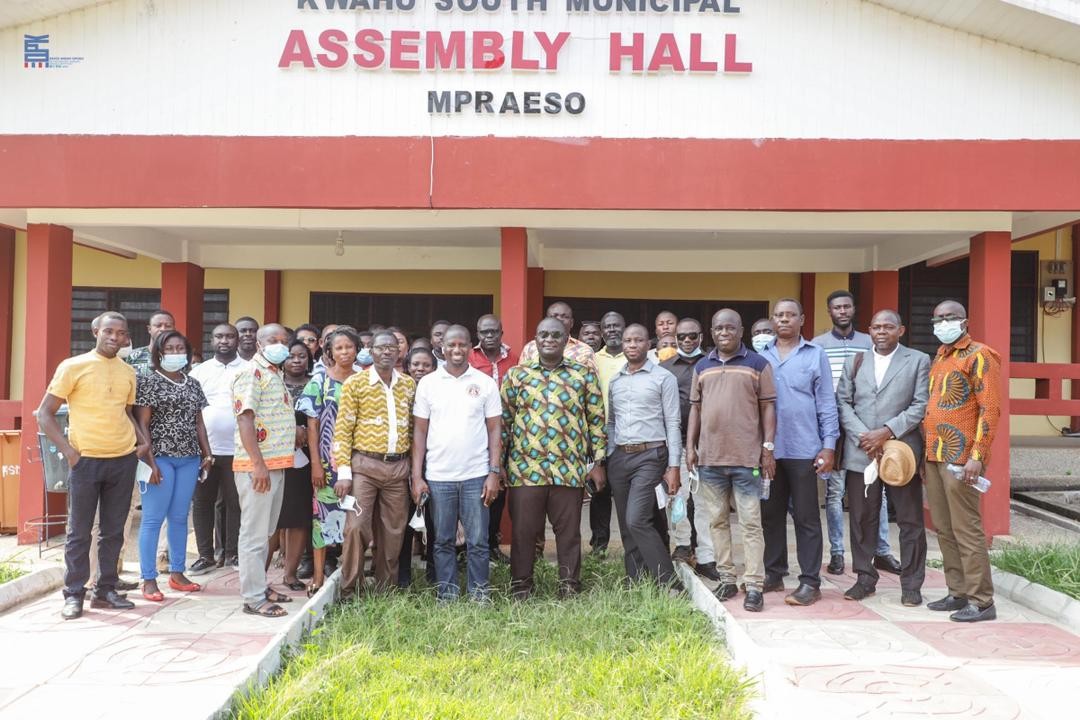Akatekyi Crocodile Pond: A Place...
September 29, 2025
Situated between latitude 6° 30' N and 7° N, and longitude 0° 30' W and 1° W, this municipality spans a total land area of 591 square kilometers. The land's contours embrace a plethora of experiences, from the undulating terrains to the enchanting vistas, offering a canvas for both nature's handiwork and human endeavors.
As of the 2021 population and housing census, the Kwahu South Municipal embraces a population of 80,358 souls. Among them, 38,618 are males, while 41,740 are females. Beyond these numbers, however, lies the true essence of the district – the lives, aspirations, and dreams of its people. It is within these statistics that the heartbeat of Kwahu South Municipal resonates.

Kwahu South Municipal is more than just a geographical expanse; it is a communal space interwoven with neighboring districts. To its north lies the Kwahu East District, while the Kwahu West Municipal graces its southern periphery. The eastern boundary is marked by the Fanteakwa North District, and to the west, it finds a connection with the Asante Akim South Municipal. These boundaries are more than lines on a map; they represent the junctions where cultures, traditions, and stories converge.

The Kwahu South Municipal embodies the spirit of progression while honoring its heritage. As part of the Eastern Region's 33 Municipalities and Districts, it plays a pivotal role in shaping the cultural, social, and economic landscape of Ghana. Its administrative nucleus, Mpraeso, stands as a testament to the district's administrative prowess, while its geographic boundaries serve as gateways to shared experiences.
In the intricate weave of Ghana's districts, the Kwahu South Municipal stands as a chapter in the nation's ongoing narrative, an embodiment of unity in diversity and a canvas upon which the stories of its people are etched. It is a reflection of a nation's journey, where past and present intersect, and the future unfurls its yet unwritten tales.
September 29, 2025
September 29, 2025
September 26, 2025
September 18, 2025
September 18, 2025
September 4, 2025
September 3, 2025
August 28, 2025
August 19, 2025
August 8, 2025